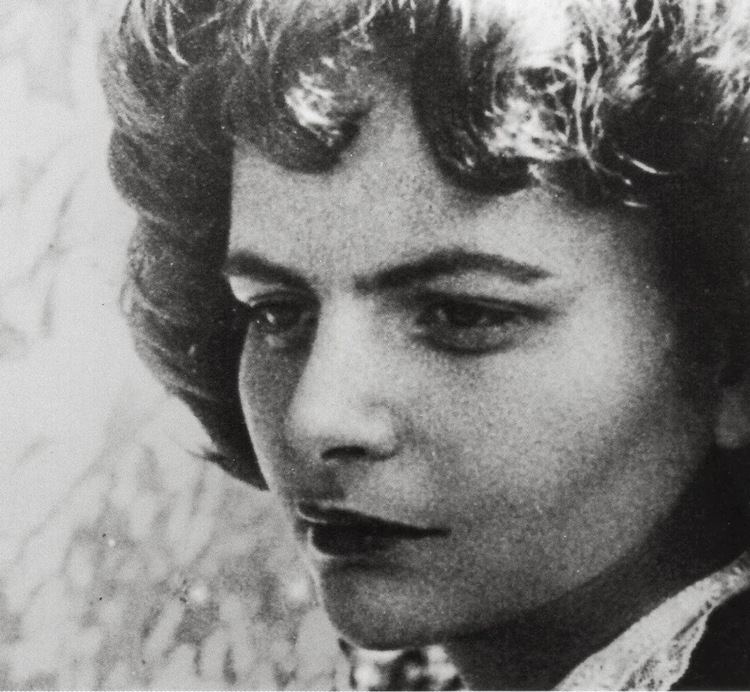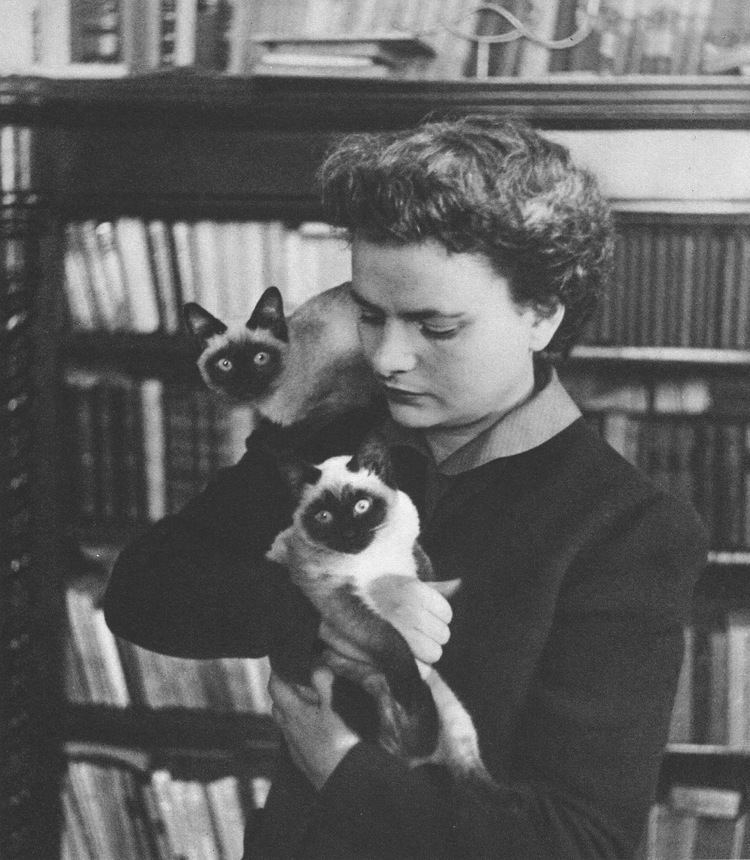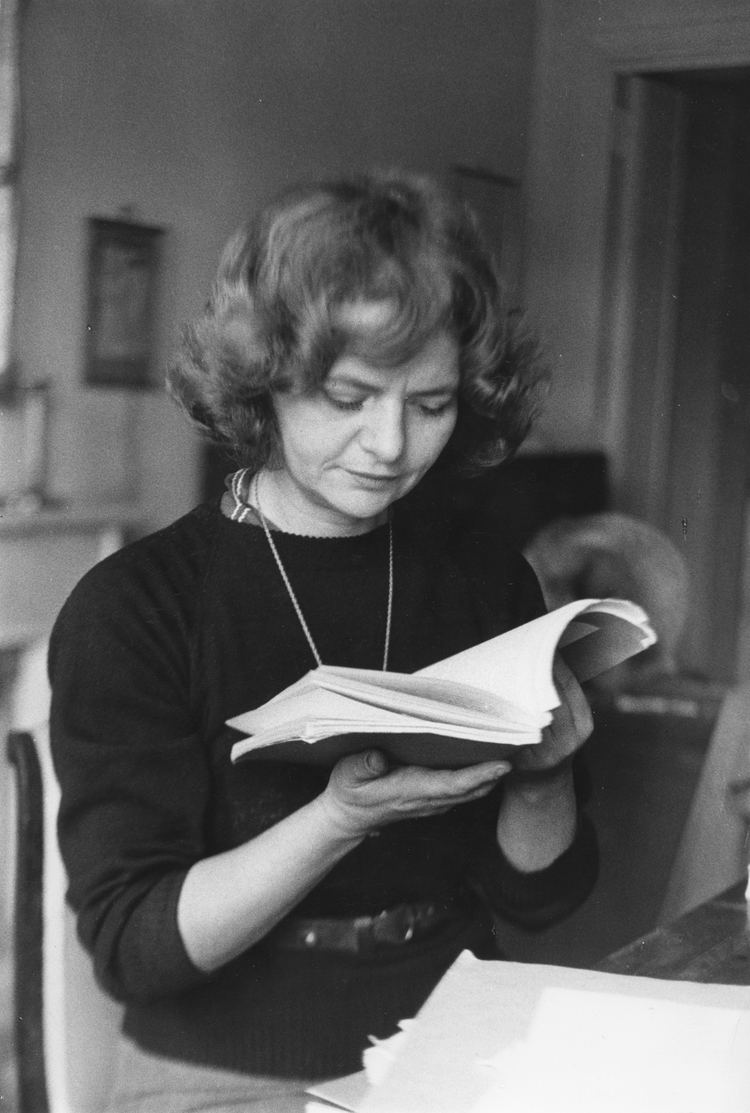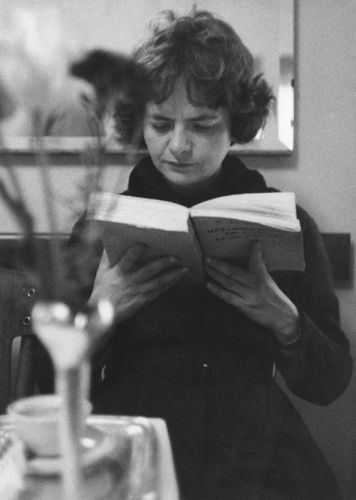Name Elsa Morante | Siblings Marcello Morante | |
 | ||
Books History, L'isola di Arturo, Aracoeli, Menzogna e sortilegio, Lo Scialle Andaluso Similar People Alberto Moravia, Laura Morante, Dacia Maraini, Pier Paolo Pasolini, Cesare Garboli | ||
Elsa morante il mondo salvato dai ragazzini guido crainz
Elsa Morante (18 August 1912 – 25 November 1985) was an Italian novelist, best known for her novel La storia (History), which appears in the Bokklubben World Library, a list of the hundred best books of all time.
Contents
- Elsa morante il mondo salvato dai ragazzini guido crainz
- Sexuality and textuality in pier paolo pasolini and elsa morante
- Life and career
- Major themes
- References

Sexuality and textuality in pier paolo pasolini and elsa morante
Life and career

Elsa Morante was born in Rome, Italy, in 1912, the daughter of Irma (née Poggibonsi), a schoolteacher, and Francesco Lo Monaco, from Sicily. Her mother was Jewish and her father was Sicilian. Her stepfather was Augusto Morante. Except for a period during World War II, she resided in her home city until her death in 1985.

She married the novelist Alberto Moravia in 1941, and through him she met many of the leading Italian thinkers and writers of the day.

Morante began writing short stories which appeared in various publications and periodicals, including periodicals for children, in the 1930s. Her first book was a collection of some of the stories, Il Gioco Segreto, published in 1941. It was followed in 1942 by a children's book, Le Bellissime avventure di Caterì dalla Trecciolina (rewritten in 1959 as Le straordinarie avventure di Caterina).
Towards the end of World War II, Morante with her husband, novelist and film critic Alberto Moravia, fearful because both were of half Jewish descent, fled to the area around the Ciociara region near Rome, a flight that inspired Morante's "La storia" and Moravia's "La Ciociara" (translated into English as "Two Women" and later made into a film with Sophia Loren). Southern Italy is the backdrop for much of her work. She began translating Katherine Mansfield during this period, as well as working on her first novel—she even risked returning to war-torn Rome to retrieve the manuscript of "Menzogna e sortilegio" and obtain winter clothes.
Following the war, Morante and Moravia met American translator William Weaver, who helped them to find an American audience. Her first novel, 1948's Menzogna e sortilegio, won the prestigious Viareggio Prize, and was later published in the United States as House of Liars in 1951. However, Morante and others found the English translation quite poorly done, to Morante's great disappointment.
Morante's next novel, L'isola di Arturo, appeared in 1957 and won the Strega Prize. Much of the work she had written in the meantime, she had destroyed, although she did publish a novella, The Andalusian Shawl, and a poem, The Adventure. Her next work, Il mondo salvato dai ragazzini (The World Saved by Children), a mix of poetry, songs and a play, many addressed to her lover Bill Morrow, an American, did not appear until 1968. Freudian psychology, Plato, Pier Paolo Pasolini, and Simone Weil have all been cited as influences on her writing.
Morante and Moravia separated in 1961, and Morante continued to write sporadically. La storia (History), a story about Rome during World War II, appeared in 1974, which although a bestseller in Italy for the publishing house Einaudi, issued in an economical paperback edition at Morante's request, provoked a furious and at times negative reaction from literary critics on the left, who disliked its anti-ideological polemic. After her friend Pasolini wrote a negative review of the book, she broke off their friendship.
Her final novel, 1982's Aracoeli, has been seen as a summation, albeit by some critics a pessimistic one, of motifs and trends present in all of her writing, such as the importance of children and childhood, and private worlds in which fantasy provides an escape from dreary external realities.
The first English-language biography of Morante, A Woman of Rome, by the American writer Lily Tuck, was published in 2008.
Major themes
Morante started writing at an early age and, without having great considerations from her parents, she educated herself developing love for music, books, and cats. Her favorite books included Achilles, Don Quixote, and Hamlet. Most of Morante’s greatest works are shaped by her previous life choices and experiences and are easily reflected on the main characters in her short stories and novels. One of the central themes in Morante’s work is Narcissism. The majority of Morante’s leading characters use autobiography as a way to seek self-therapy and hope. Narration becomes a leading tool. Her writing is essential for the formation of a positive consciousness about her personal memories. Another important aspect of Morante’s work is the metaphor for love. According to her, love can be passion and obsession and can lead to despair and destruction. This metamorphosis is easily connected to her love for a nine years old boy when she was only two and a half years old. According to her, her first love has been heaven but it transformed to hell. The metaphor of love can easily be traced back to one of her most famous poems, Alibi. Love and Narcissism are themes well connected to each other. Most of Morante’s characters seek love, not because they have true feelings for the person they fell in love with, but because they need to feel emptiness caused by their previous childhood experiences. It is through love and narcissism that Morante introduces other themes such as the role of childhood experiences and the role of motherhood.
